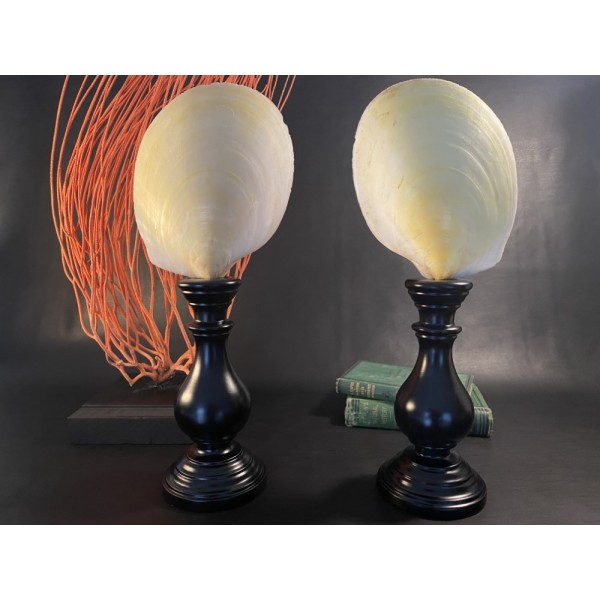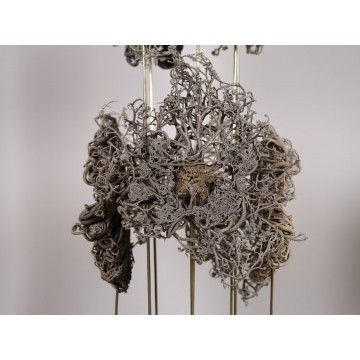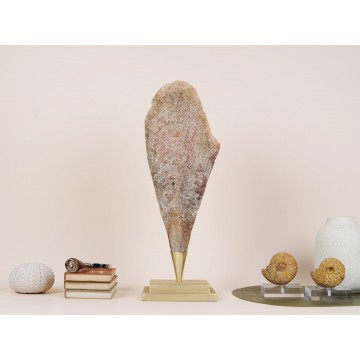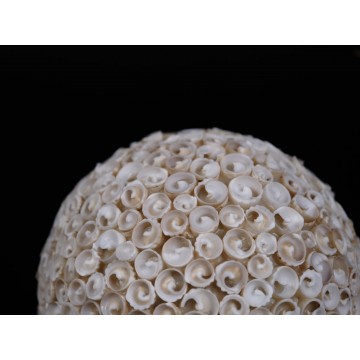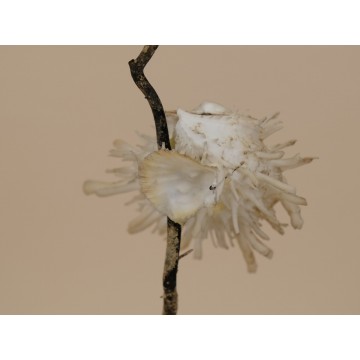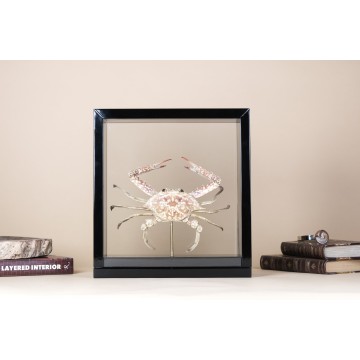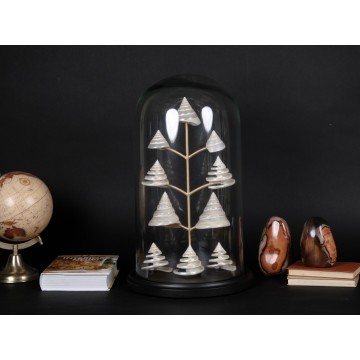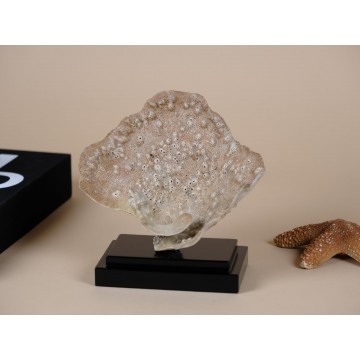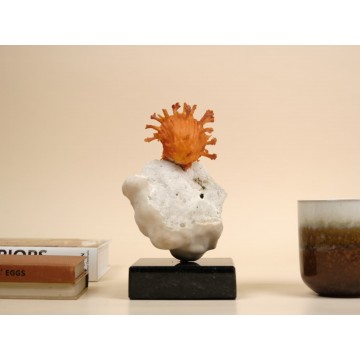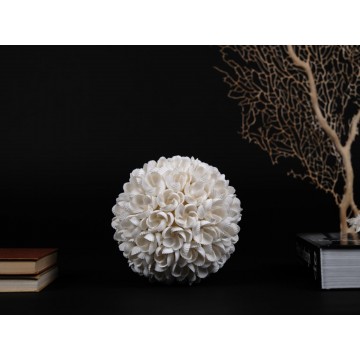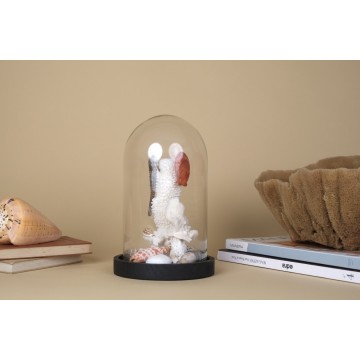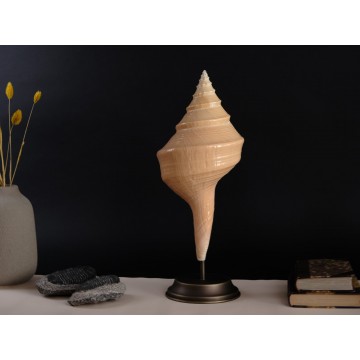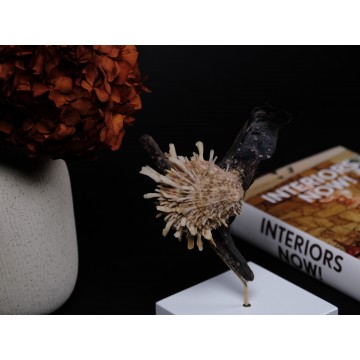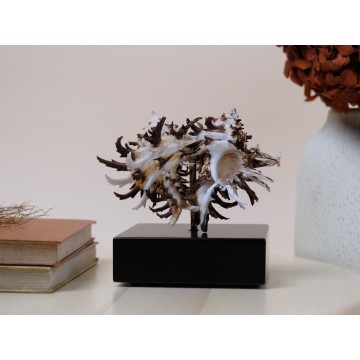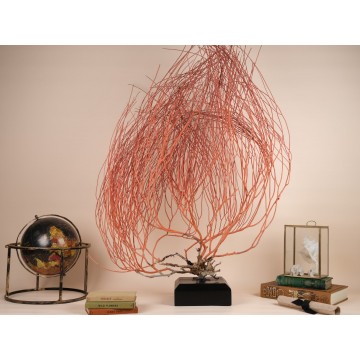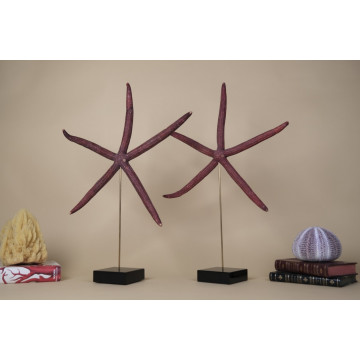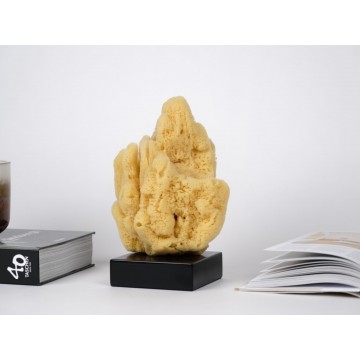Gorgonocephalus - Astrospartus mediterraneus...
Nine Gorgonocephalus specimen showing several variations displayed in a glass vitrine with black lacquered wooden base.
Gorgonocephalus - Astrospartus mediterraneus is a fantastic deep sea starfish.
These ones have been taken from a deep of 90 meters of Capo Vado, Savona Italy. It is necessary a special technique to dry and to keep it in a perfect shape, turning it a highly decorative and curious species. Sometimes they are attached to sponges and deep water corals.
This species habits until deeps of 800-900 meters.
An outstanding unique dramatic piece, handmade by One of a Kind.

